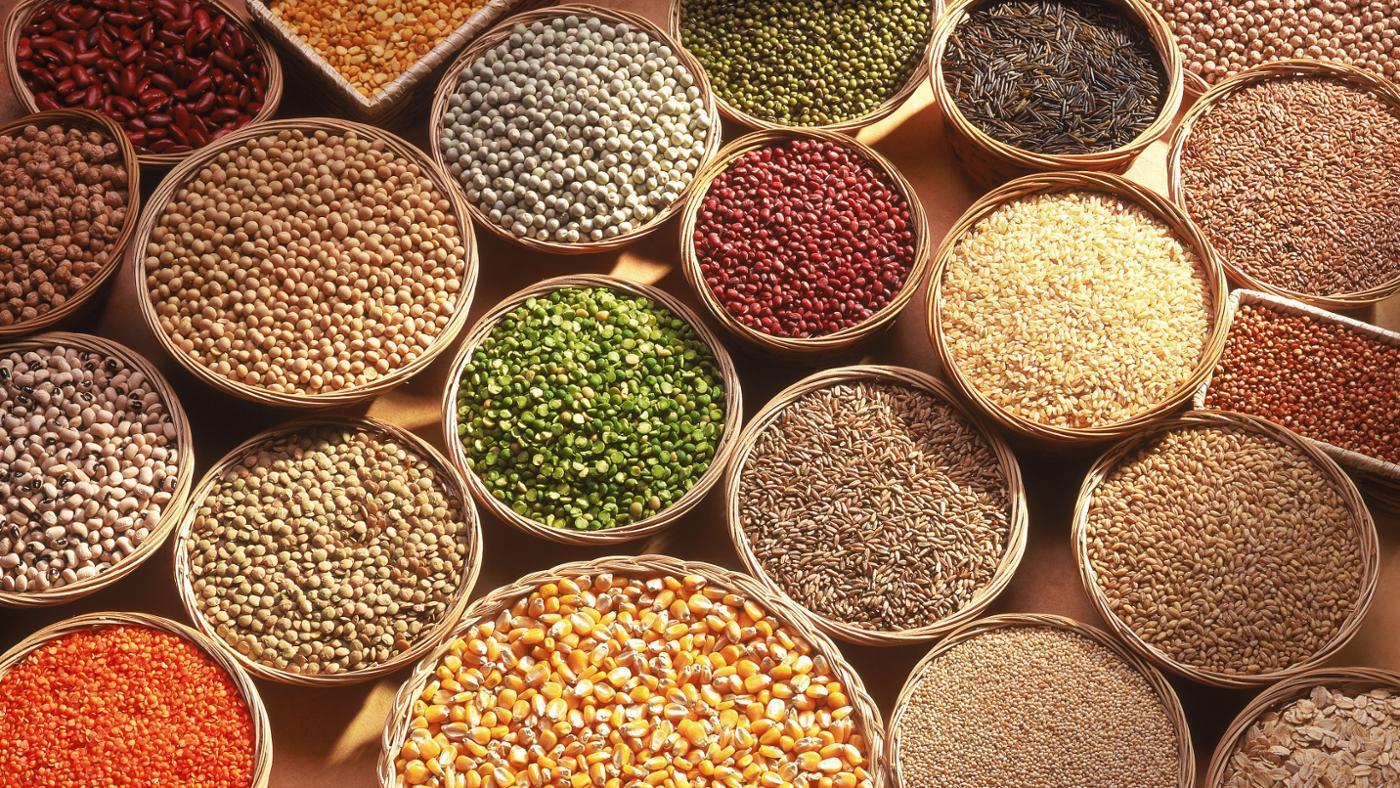East Africa Fortification Standards
I learnt something interesting in the past week on the East African standard specifications of fortified staple foods. These specify the requirements and methods of sampling and tests for fortified staple foods, in this case been maize milled products, wheat flour and edible oils and fats intended for human consumption.
As my project will seek to understand climate change mitigation and adaptation impacts of large-scale food fortification in East Africa , it was good to know that there are already national and partner country legislation’s in place to support and mandate large-scale food fortification. Below, I share tables describing the required levels of micro-nutrients for maize milled products, wheat flour and edible oils and fats.

Requirements for levels of micronutrients in fortified wheat flour


Project title:
“Understanding climate change mitigation and adaptation impacts of large-scale food fortification”
Research objectives:
1) To conduct a literature review (of all peer-reviewed and formal literature e.g. project reports etc) of the resource footprint (including greenhouse gases) of food fortification, along food fortification value and supply chains. Review the complete impact pathway of fortification and the ‘fortification value chain’ (Figure 1) to ensure a complete picture of emissions. This includes the production of the food vehicle, the manufacture, packaging and distribution of fortificants (Table 1); food processing; packaging of fortified foods; and distribution of fortified foods; testing (including the use of reagents), and finally, waste disposal. Focus on food fortification via the following food vehicles (wheat, maize).
2) To analyse the supply chain sustainability of all constituents necessary for food fortification delivery and impact for East Africa, so that lowest-resource footprint options can be identified that deliver quality nutritional outcomes at price points affordable to the target populations to be reached by GAIN. This will involve attributional LCA research, including conducting surveys and collating data to allow Sankey diagrams (and mass balance Tables) to be constructed to visualise materials flows and resource footprints to be calculated by LCA. Focus on food fortification via the following food vehicles (wheat, maize, rice flour).
3) To assess any toxicity related to the production of nutraceuticals (e.g. folic acid) and packaging which GAIN promotes on its LSFF (e.g. via interviews with premix suppliers).
4) To identify and categorise how large-scale food fortification can directly and indirectly contribute to adaptation to climate change in East Africa, including through strengthening resilience of communities and countries to adverse nutritional effects arising from climate change.
5) To generate a brief (each max 5 page) on climate change intersections (mitigation, adaptation/resilience) relating to each of the following of GAIN’s programs: (1) PostHarvest Loss Alliance for Nutrition (PLAN) and (2) Marketplace for Nutritious Foods (MNF).
